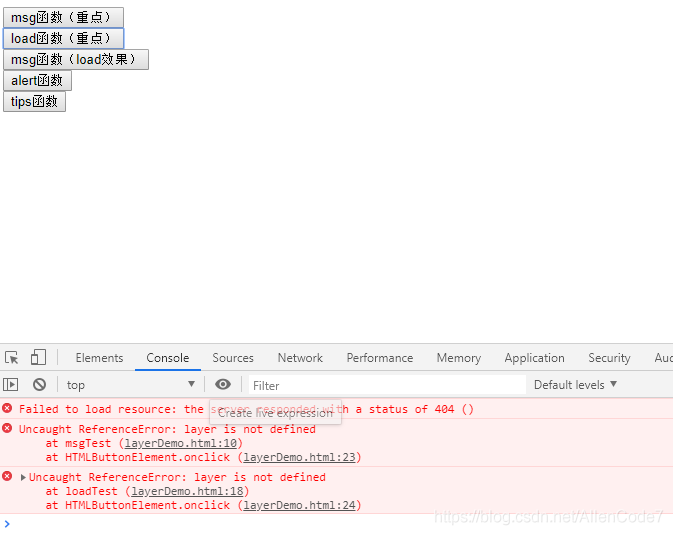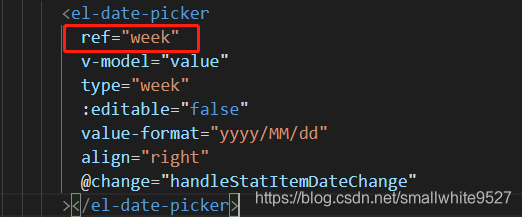$_SERVER[‘PHP_SELF’] $_SERVER[‘PHP_SELF’] $_SERVER[‘PHP_SELF’] $_SERVER[‘PHP_SELF’]
$_SERVER[‘argv’] # Parameters passed to the script.
$_SERVER[‘argc’] # contains the number of command-line arguments passed to the program (if running in command-line mode).
$_SERVER[‘GATEWAY_INTERFACE’] # Version of the CGI specification used by the server. For example, “CGI/1.1”.
$_SERVER[‘SERVER_NAME’] # Host name of the server on which the script is currently running.
$_SERVER[‘SERVER_SOFTWARE’] # The string that identifies the server, given in the header in response to the request.
$_SERVER[‘SERVER_PROTOCOL’] # Name and version of the communication protocol when the page is requested. For example, “HTTP/1.0”.
$_SERVER[‘REQUEST_METHOD’] # Request method for page access. For example: “GET”, “HEAD”, “POST”, “PUT”.
$_SERVER[‘QUERY_STRING’] # $_SERVER[‘QUERY_STRING’] #
$_SERVER[‘DOCUMENT_ROOT’] # The document root where the script is currently running. Define in the server configuration file.
$_SERVER[‘HTTP_ACCEPT’] # The contents of the Accept: header for the current request.
$_SERVER[‘HTTP_ACCEPT_CHARSET’] # Accept-charset: the contents of the header for the current request. For example: “ISO-8859-1,*, UTF-8”.
$_SERVER[‘HTTP_ACCEPT_ENCODING’] # The contents of the Accept-Encoding: header of the current request. For example: “gzip”.
$_SERVER[‘HTTP_ACCEPT_LANGUAGE’]# Accept-language: contents of the header for the current request. For example: “en”.
$_SERVER[‘HTTP_CONNECTION’] # Connection of the current request: the contents of the header. For example: “Keep-Alive”.
$_SERVER[‘HTTP_HOST’] # The contents of the Host: header for the current request.
$_SERVER[‘HTTP_REFERER’] # link to the URL of the previous page of the current page.
$_SERVER[‘HTTP_USER_AGENT’] # Current request User_Agent: contents of header.
$_SERVER[‘HTTPS’] — Set to a non-null value (ON) if accessed over HTTPS, otherwise off
_server [‘REMOTE_ADDR’] # IP address of the user browsing the current page.
$_SERVER[‘REMOTE_HOST’] # Host name of the user browsing the current page.
$_SERVER[‘REMOTE_PORT’] # The port used by the user to connect to the server.
$_SERVER[‘SCRIPT_FILENAME’] $_SERVER[‘SCRIPT_FILENAME’]
$_SERVER[‘SERVER_ADMIN’] # admin information
_server [‘SERVER_PORT’] # port used by server
$>rver [‘SERVER_SIGNATURE’] # string containing the server version and virtual host name.
$_SERVER[‘PATH_TRANSLATED’] # The base path to the file system (not the document root) where the script is currently located.
$_SERVER[‘SCRIPT_NAME’] # This is useful when the page needs to point to itself.
$_SERVER[‘REQUEST_URI’] # The URI required to access this page. For example, “/index.html”.
$_SERVER[‘PHP_AUTH_USER’] # When PHP is running as an Apache module and is using HTTP authentication, this variable is the user name entered by the user.
$_SERVER[‘PHP_AUTH_PW’] # When PHP is running as an Apache module and is using HTTP authentication, this variable is the password entered by the user.
$_SERVER[‘AUTH_TYPE’] # When PHP is running as an Apache module and is using HTTP authentication, this variable is the type of authentication.


